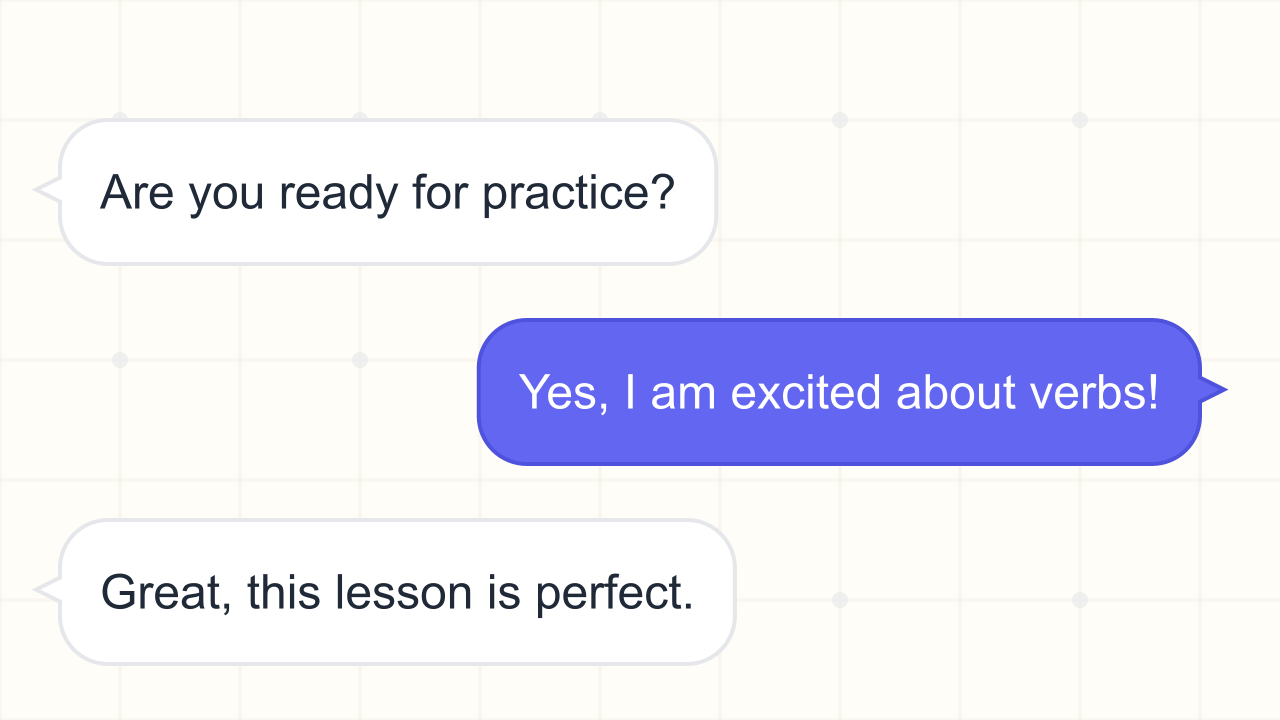Prepositions Part 4 grammar Exercise
Challenge yourself with extended scenes that weave together direction, timing, tools, and placement so you can choose precise prepositions in complex contexts.
Exercise Guide
How to complete:
Read each paragraph as a sequence of actions. Decide whether each blank highlights motion, location, timing, comparison, or means before selecting a preposition.
- Match verbs of movement with destinations such as "into", "onto", "along", or "toward".
- Watch for time markers like "before", "during", "by", and "until" to keep the timeline clear.
- Notice tool phrases that typically use "with" or "by".
Success tips:
- Swap each option into the sentence aloud and keep the one that sounds natural in everyday speech.
- Use "on" for surfaces, "in" or "inside" for enclosures, and "at" for precise spots or events.
- Remember that "through" and "across" emphasize a path, while "from" and "to" highlight starting and ending points.
- Review the explanations to see the logic you can reuse in your own writing.
Knowledge:
Part 4 puts prepositions to work in advanced workplace, community, and creative scenarios. You will navigate shifting relationships among tools, teammates, and timelines while keeping sentences fluid.
Pay attention to how small words map the flow of events: gear rolls into docks, prototypes head toward judges, and reports travel to leadership. Mastering these choices strengthens clarity and rhythm in every story you tell.
Complete the Exercise
Paragraph 1
Paragraph 2
Paragraph 3
Paragraph 4
Paragraph 5
Paragraph 6
Paragraph 7
Paragraph 8
Paragraph 9
Paragraph 10
Paragraph 11
Paragraph 12
Paragraph 13
Paragraph 14
Paragraph 15
Share this exercise
Help others learn grammar by sharing this exercise
Related Exercises

Modal Verbs of Obligation (must, have to, should)
Practise choosing “must”, “have to”, or “should” to express obligation, necessity, and recommendations in real-life contexts.

Modal Verbs of Permission (may, can, could)
Practise choosing “may”, “can”, or “could” to ask for permission, give consent, or describe rules politely.

Modal Verbs of Ability (can, could)
Practise selecting “can” or “could” to express ability, requests, and possibilities in everyday situations.

To Be: Is, Am, Are
Practise choosing the correct form of the verb “to be” — is, am, or are — in present simple sentences about people, places, and things.

Have got vs has got
Practise choosing between "have got" and "has got" to express possession, relationships, and characteristics accurately.